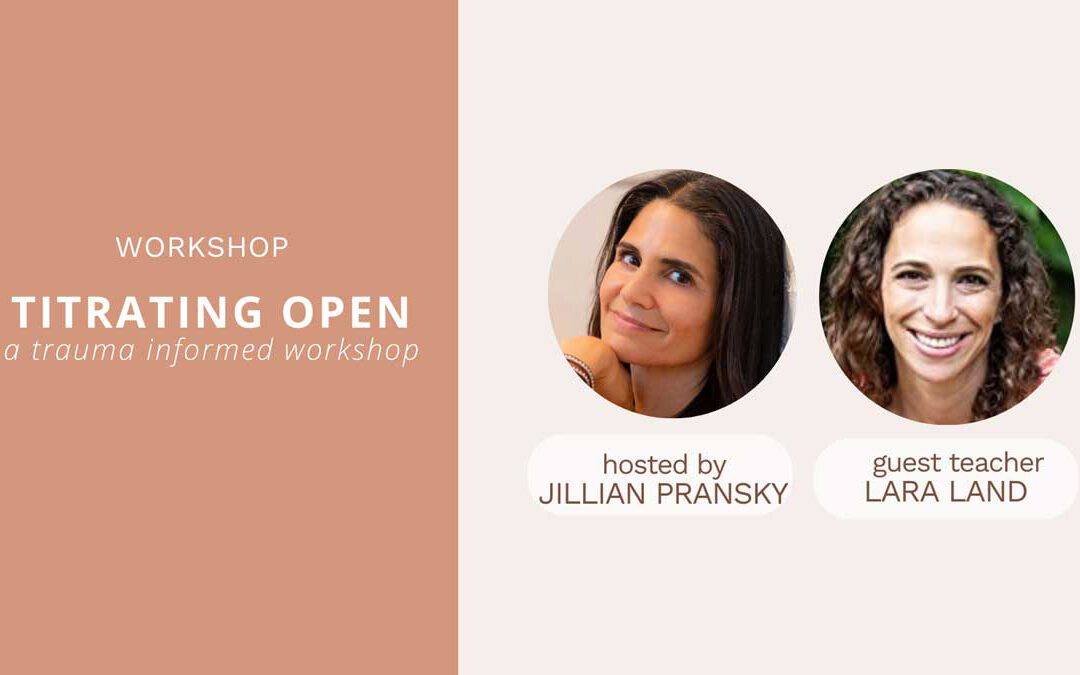The journey of healing from trauma can be a challenging and complex process.
However, there are therapeutic techniques that can assist in navigating the path to recovery. Two powerful methods that have shown remarkable effectiveness in trauma processing are titration and pendulation. These approaches, often utilized in somatic experiencing and other trauma-focused therapies, provide a gentle and empowering way to engage with traumatic experiences. In this blog, we will explore how titration and pendulation can help us process trauma, allowing for profound healing and growth.
Understanding Trauma:
Trauma can manifest in various forms, whether through a single overwhelming event or prolonged exposure to distressing circumstances. It leaves a deep impact on our nervous system, affecting our physical, emotional, and psychological well-being. Processing trauma involves safely revisiting and releasing stored traumatic energy, transforming it into manageable and integrated experiences. This is where titration and pendulation come into play.
Titration: Breaking Trauma into Digestible Pieces
Titration, borrowed from chemistry, refers to the careful and deliberate breaking down of a substance into smaller components. When applied to trauma therapy, it involves focusing on small, manageable aspects of the traumatic experience rather than overwhelming ourselves with the entire event. This approach allows us to maintain a sense of safety and control during the healing process.
Through titration, we can gradually explore fragments of the trauma, pacing ourselves based on our readiness. This measured approach ensures that we don’t retraumatize ourselves by diving too deep, too quickly. Instead, we carefully titrate our exposure to the traumatic material, giving ourselves time to process and integrate each piece before moving forward.
By repeatedly engaging with manageable aspects of the trauma, we build resilience and tolerance to the distressing emotions and sensations associated with it. This step-by-step method reduces overwhelm and promotes a sense of empowerment, ultimately facilitating healing and restoration of our nervous system’s equilibrium.
Pendulation: Moving between Trauma and Safety
Pendulation is a complementary technique that involves intentionally shifting our awareness between the traumatic material and resources that provide a sense of safety and well-being. Traumatic experiences often create a physiological and psychological split, where we become stuck in a state of hyperarousal or dissociation. Pendulation helps to bridge this gap and restore balance.
By moving our attention between the distressing aspects of trauma and the present moment’s safety and stability, we encourage the nervous system to regulate itself. We learn to tolerate the discomfort associated with trauma while simultaneously accessing our internal and external resources, such as feelings of safety, support, and grounding techniques. Pendulation allows us to avoid becoming overwhelmed by trauma triggers, fostering a sense of containment and self-regulation.
Through this rhythmic movement between activation and stabilization, we gradually expand our capacity to hold and process traumatic experiences. Over time, pendulation strengthens our resilience and enhances our ability to self-soothe, creating a solid foundation for healing and growth.
The Integration of Titration and Pendulation:
When titration and pendulation are combined, they form a synergistic approach to trauma processing. Titration breaks the trauma into manageable fragments, ensuring a gentle and gradual exploration of the material. Pendulation, on the other hand, allows us to navigate between trauma and safety, facilitating regulation and self-care.
Together, these techniques empower individuals to develop a compassionate relationship with their trauma, reducing its overwhelming impact and creating space for healing. By engaging in the process at a pace that feels safe and honoring the body’s wisdom, we gradually transform traumatic experiences into sources of insight and resilience.
I invite you to experience these two very nurturing and impactful practices with me this June 14th during my one-hour online workshop with Jillian Pranksy or over my long weekend residency at Kripalu June 30 – July 2nd. When you feel this work in your body you can learn to return to it again and again.


Recent Comments